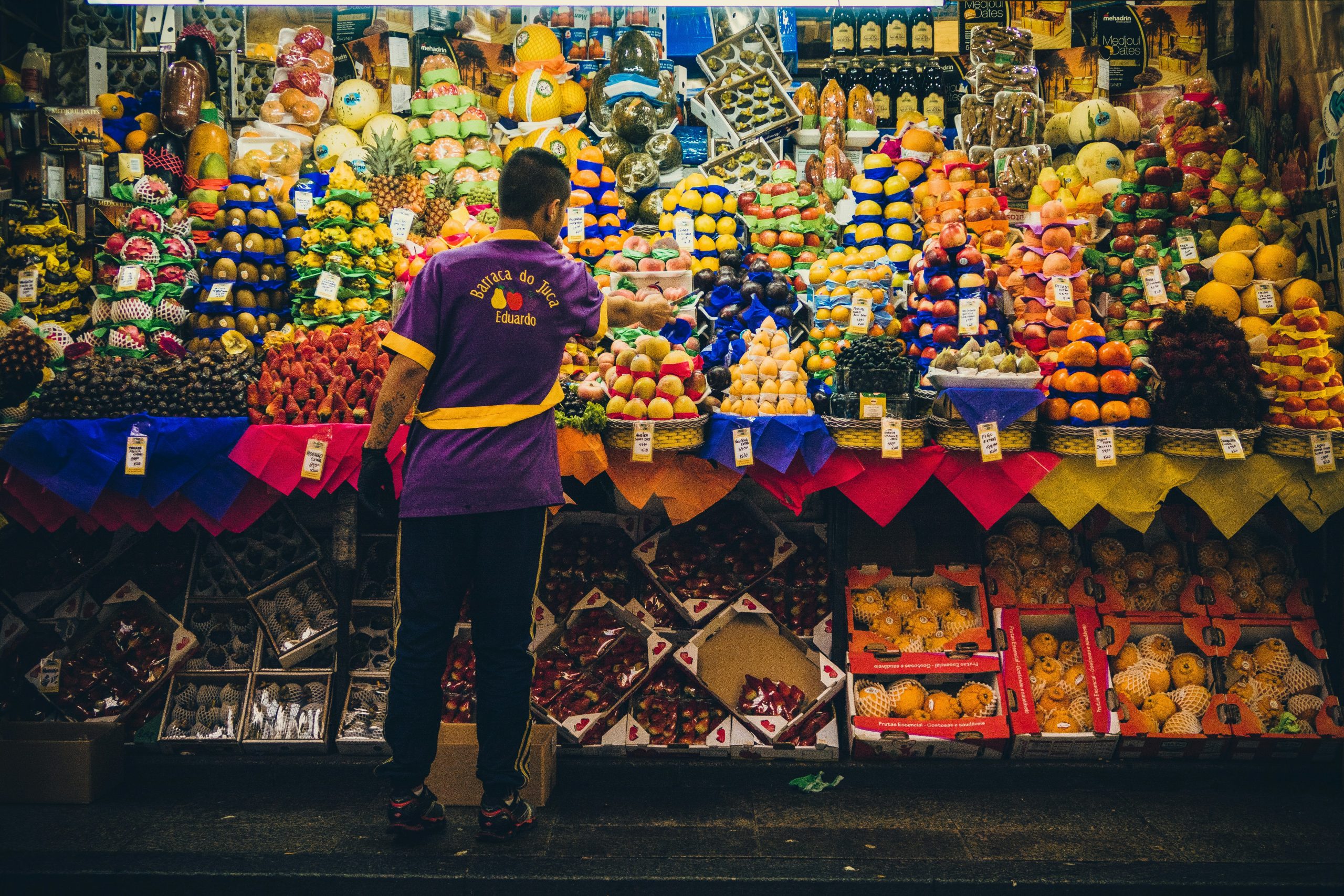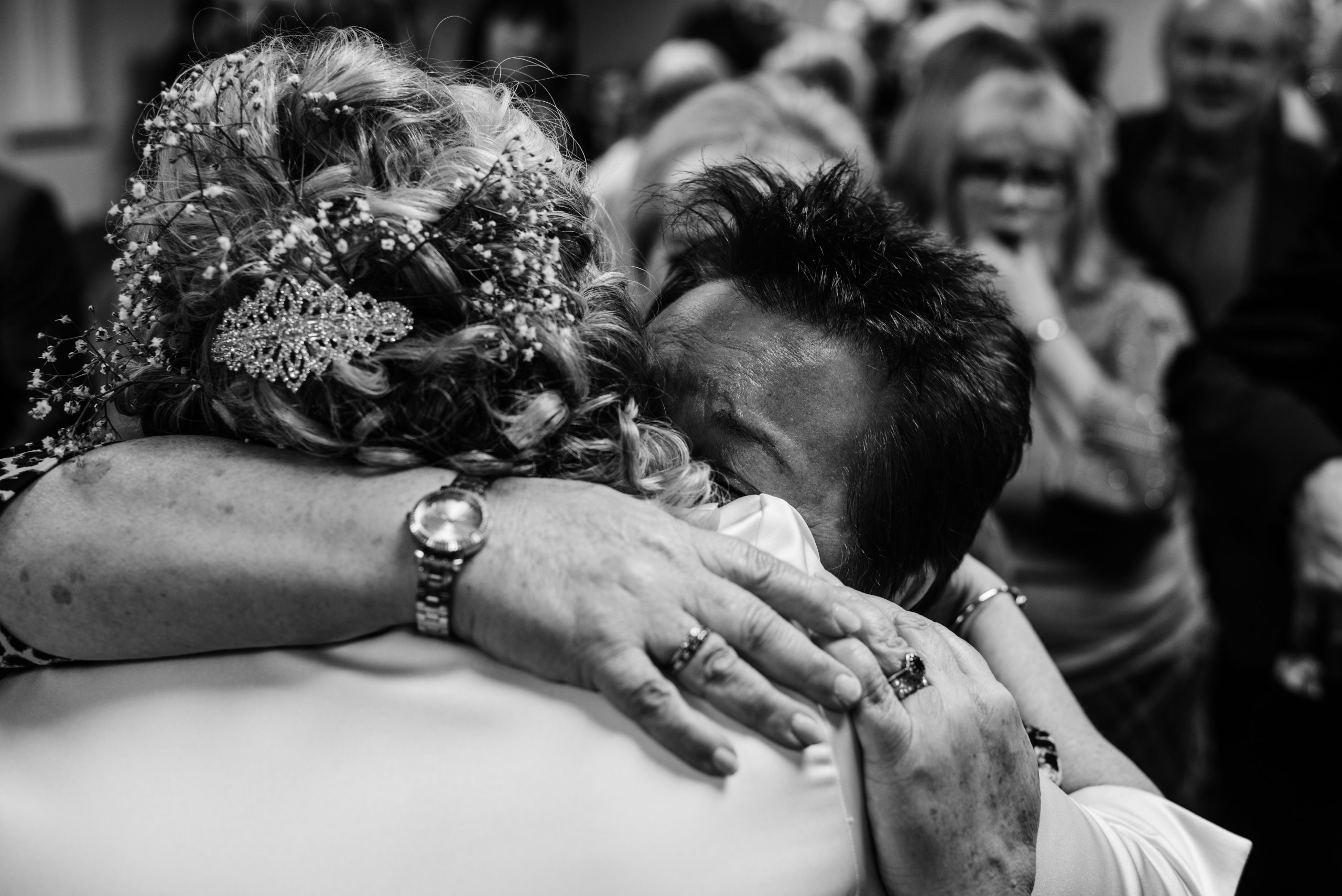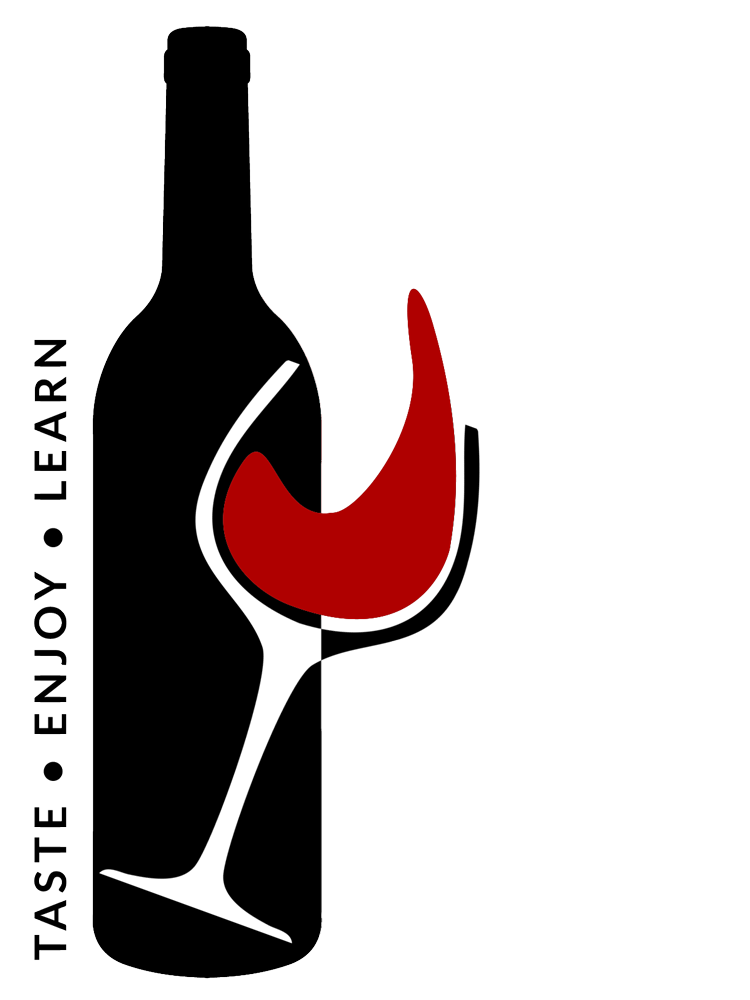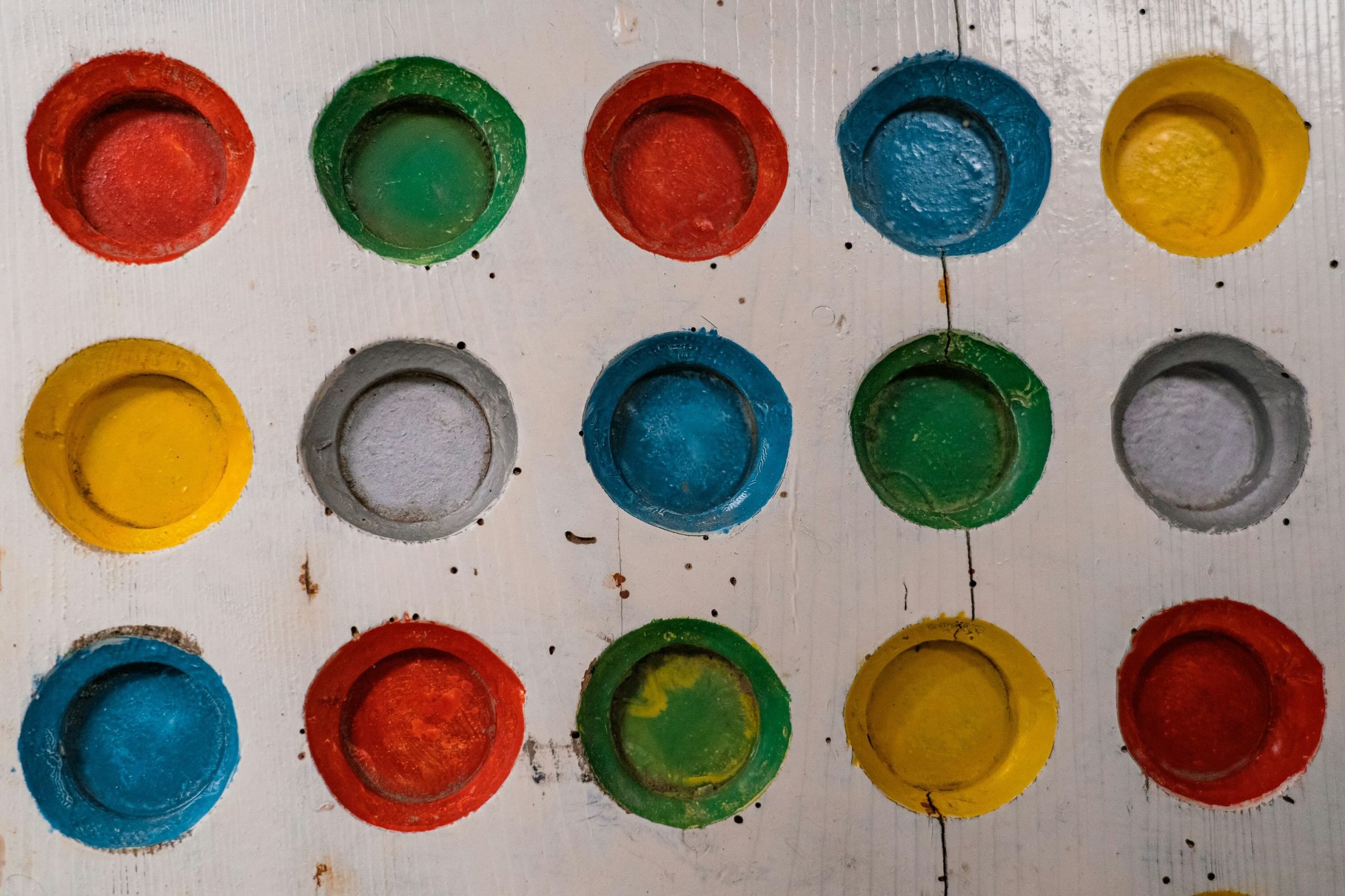The Untold Charm of Aged South African Sauvignons
Sauvignon Blanc is South Africa’s biggest export cultivar, and its most consumed cultivar domestically; outstripping Chenin Blanc and Chardonnay in the mass market game. But while familiarity has bred a formidable level of contempt among snootier wine voices, there are a few bottles of 30-year-old Stellenbosch Sauvignon that might silence them all. Of all the […]
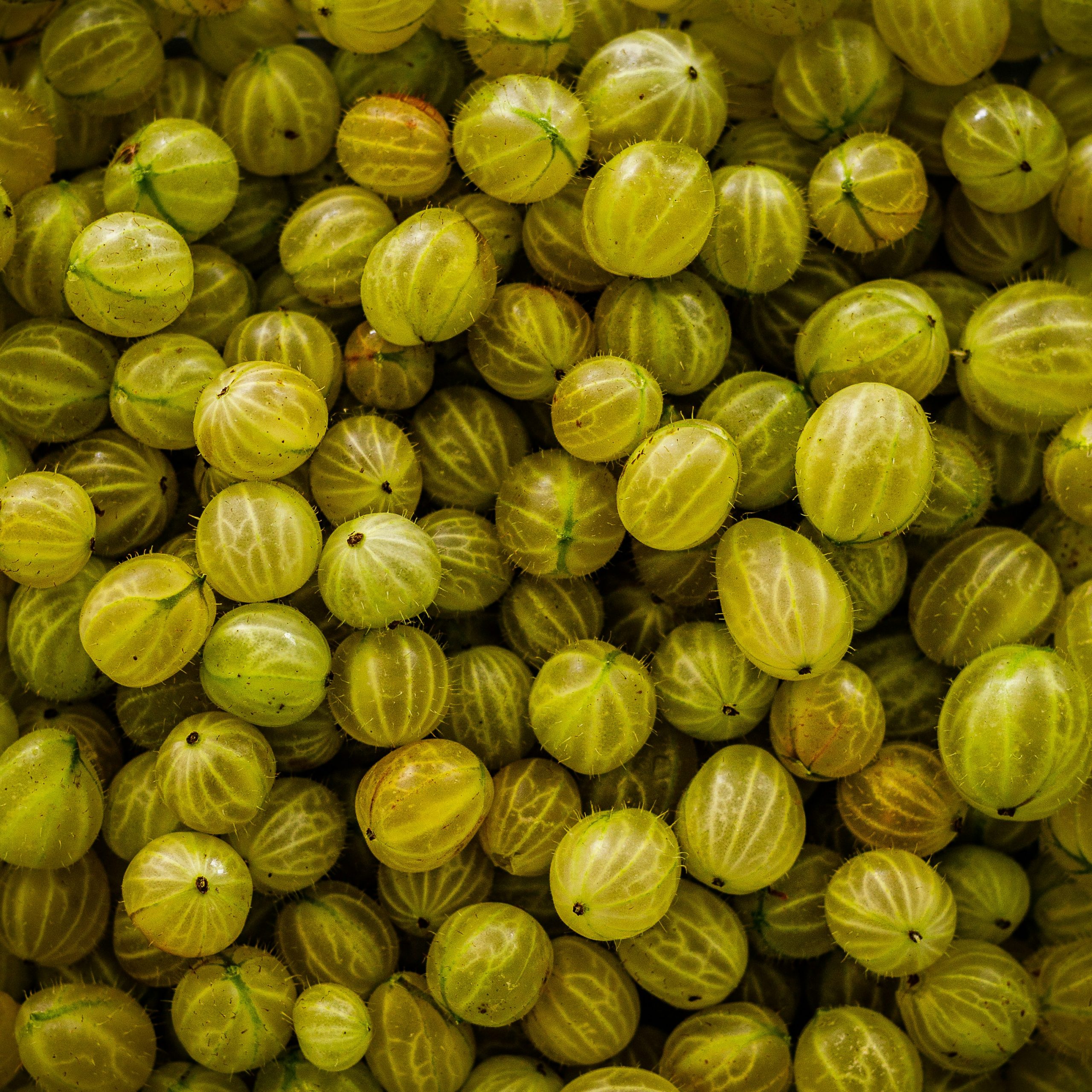
Sauvignon Blanc is South Africa’s biggest export cultivar, and its most consumed cultivar domestically; outstripping Chenin Blanc and Chardonnay in the mass market game. But while familiarity has bred a formidable level of contempt among snootier wine voices, there are a few bottles of 30-year-old Stellenbosch Sauvignon that might silence them all.
Of all the wine geeks in the world, Sauvignon Blanc nerds are by far the finest.
Their desire to understand the minutiae of clonal material, volatile aromas, solar radiation, and yeast strain dynamics, makes the natural wine geek community look positively negligent. Or at least strangely incurious.
During a recent conversation with Concours Mondial du Sauvignon judge, Dr Carien Coetzee, I asked her a series of questions that I thought were offbeat enough to spark some geniunely fresh lines of thought; but it very soon became clear that she had already pondered all of my obtuse questions at length, and had even written multiple papers on the topics.
ME: “Why am I smelling blackcurrant in a white wine?
CC: Ah, Mercaptans! Specifically MMP4. Here’s an article.
ME: “Aren’t Mercaptans defects?”
CC: “Not always. They change their effect at different concentrations. Sometimes it’s guava, and sometimes it’s cat urine. Here’s an article.
SOME THINGS CHANGE…
I later learned that mercaptans are thiols; thiols are mercaptans (and Finkel is still Einhorn), but their names have changed; “mercapto groups” are now called “sulfanyl groups”, and what was once called “4-Mercapto-4-methyl-pentan-2-one (or 4MMP) is now called 4-methyl-4-sulfanylpentan-2-one (4MSP). Or so says the International Union of Pure and Applied Chemistry.
But that’s not all that’s changed.
For decades we’ve believed that “gooseberry”, “grapefruit” and “passion fruit” aromas were triggered by volatile thiols, while “apple”, “banana”, and “strawberry” were triggered by wine esters. But Sauvignon nerds performing a study in 2023 discovered that thiols on their own only trigger earthy aromas. But when thiols are combined with wine esters, then they do indeed produce those lovely tropical and citrus references.
You may also have spent decades believing that those “green pepper” and “grassy” methoxypyrazines can be ensured in a wine simply by growing grapes in a cold climate. But in the last five years or so, it’s been shown that even if the climate is indeed cold, extended sunlight in that zone can drastically reduce the perception of those aromas in the final wine.
Even something as seemingly timeless as terroir is not safe from Sauvignon scientists. We might want to blissfully hang onto the idea that terroir is ultimate arbiter of wine aroma and character, but the last decade or so has proven that a winemaker’s choice of yeast strain is a far more influential factor than terroir could ever be.
BUT SOME THINGS DON’T CHANGE
Yet, while the wildly waxing and waning wine tides of academia ensure that chemistry nerds in the ivory tower toil tirelessly to keep pace with the advancing “Science of Sauvignon”, down in the market place, ancient prejudices are alive and well.
“SAUVIGNON BLANC DOES NOT IMPROVE WITH AGE”
Sauvignon Blanc’s ability to benefit from bottle aging has never been under debate. It’s simply been dismissed outright.
Despite the internet’s seemingly endless list of articles written by impassioned winos (you can add me to the list) explaining how “the best Sauvignons from (insert New World wine region here) can age for ten years or more”, gatekeepers of wine’s institutional knowledge are unmoved. The official WSET Level-2 and Level-3 course material has not changed its tune on the matter at all in the last few decades. The text still states quite clearly that Sauvignon Blanc is not suitable for bottle ageing.
(The WSET syllabus is designed to educate and equip wine professionals and passionate pro-sumers)
Likewise, when one googles, “Which (white) wines benefit from bottle aging?”, you won’t find a single list that features “Sauvignon Blanc”.
“It’s not that the acid in Sauvignon can’t hold those wines together,” explains WSET educator and Master of Wine student, Cathy Marston. “But rather, it’s an assertion that Sauvignon Blanc doesn’t actually taste better when it’s older. Sauvignon is a cultivar that changes dramatically as it ages and – for the most part – those changes are not appreciated by consumers. So, from a commercial perspective… Sauvignon Blanc isn’t suitable for bottle ageing.”
BUT DOES THE DATA SUPPORT THE HYPOTHESIS?
My investigation began on a comprehensively chilled June day in Stellenbosch; one where the pale platinum sunlight had all the weight and concentration of a bulk Sauvy harvested after a flash flood. I was on the hunt for wines that would either bolster – or demolish – my theory that there was hidden treasure to be found in aged Sauvignon. My search had lead me to Mulderbosch Estate, in Stellenbosch’s elevated Polkadraai ward, where cellar master Henry Kotze had dusted off more than a few vintages of their partially wooded Sauvignon Blancs; ranging from the mid-1990s right through to 2017.
The first bottle in the line-up was from 1995 (under cork). For context, this wine is not fancy, and never was. This same SKU is still available in the market, and current vintages retail for about €12. All this is simply to say that my hopes of striking gold on my first outing were not high.
One might share my surprise, then, when I tell you that the wine revealed itself to be still very capable of expressing all of the core character traits and attributes of a Stellenbosch Sauvignon Blanc! The colour was only ever so slightly darkened, but the nose was a delightfully vibrant mix of elderflower, seville oranges, dried lime leaves, touches of oak spice, and honey.
The palate was impressively weighted, too. There was a Chardonnay-like lime marmalade feel to it all, with tropical pineapple notes, and a pleasant whiff of bruléed sugar the finish.
The 1999 was next in line. Had I been of drinking age in 1999, I might have known what to expect, but at the time my adolescent self was more concerned with memorising Al Pacino’s mid-game speech from Any Given Sunday (“the inches we need are everywhere around us, gentleman”). As a result, the supremely vivid (albeit quite intimidating) vanguard of white asparagus, green pepper, tertiary beeswax, and flint caught me off guard.
“Was there a winemaking change from 1995 to 1999?” I ask Henry.
“No. That’s vintage you’re tasting,” he replies. “1999 was one of the most miserable, freezing, uncomfortable vintages I can remember. It really was a crazy time.”
On the palate, the weight was again a pleasant surprise. Lemon preserve and fresh lime juice, were garnished with smoked walnut, honeycomb, and salted asparagus. The end result was fascinating, though not quite as magical as the 1995. Again, to be clear, these were not the best wines I have ever had, but two things could be said without a shadow of doubt:
Across almost three decades, these essentially middle-tier wines were still able to express both cultivar characteristics and vintage nuances with impressive clarity and detail.
They were pleasant enough to finish the bottles. Which we did.
THE SOURCE OF THE PREJUDICE
To avoid sounding like a sensation-seeking wine history revisionist, I’d like to make clear that WSET’s position on Sauvignon Blanc – and therefore on South African Sauvignon Blanc – is not without basis. South Africa’s re-entry into the international wine market brought with it some verifiably ropey bottlings, and even our most forward-thinking winemakers took a while to catch up. De Grendel cellar master Charles Hopkins, who has been making Sauvignon Blanc in South Africa for almost 40 years, recalls those days well:
“[In the 1980s and 1990s] the trick was to draw the Sauvignon juice off the fresh solids, and keep the juice as clear as possible. The wines were amazingly aromatic and pure, but had no viscosity on the palate, and therefore had no longevity in the bottle. But then there were times when international consultants began visiting South Africa, urging us to ferment a ‘less clear’ juice. Which we did! We began adding in more of “the cloud” (fresh lees, and grape solids) back into the juice prior to fermentation, and the wines because much richer and fatter. These days we’re adding more and more.”
As I mentioned at the start of this article, the “Science of Sauvignon” advances at an exhausting pace. The results of these advances is that viticulture in South Africa has become significantly more precise, and the techniques and tools available in wine cellars have more than kept pace with these advanced. Beyond the arrival of “dirty ferments”, the last 25 years of South African winemaking has seen dramatically improved temperature control in wine cellars, faster turn arounds on lab analyses, and a far clearer understanding of cellar hygiene and fermentation dynamics. These factors have enabled winemakers to experiment on a number of fronts; not least of all with longer periods of pre-ferment cold maceration on skins; resulting in higher phenolic content in white wines. Winemakers have also employed far more selective pre-bottling filtration methods. Both of these practises of dirty ferments and more precise filtration are highly correlated with longer ageing potential in the resultant wines. So, while the humble mid-1990s Mulderbosch bottles proved that Sauvignon’s longevity has always been possible with South African terroir, the technical advances mentioned above have shifted Sauvignon’s “ability to improve with time in bottle” from a verdict of “possible” to a verdict of “highly likely” !
THIS LOOKS LIKE A JOB FOR A FOCUS GROUP
However, my excitement over that initial Mulderbosch tasting made me realise that perhaps I was not as impartial a researcher as I would like to think, and that I was a little too close to the issue to be truly objective. So, to curb my enthusiasm, I gathered a group of more level-headed wine minds who would fight me on my occasionally eccentric sensory preferences. The tasting group that I had gathered consisted of two comprehensively Gen-Z winemakers (one who makes award-winning Sauvignon Blanc, and one who “really doesn’t like Sauvignon Blanc”), bolstered by two more tasters; an established premium wine retailer, and a marketing manager for a prominent estate. I told them nothing before serving 15 Sauvignon Blancs, across 12 vintages, from Constantia, Stellenbosch, Walker Bay, Hawkes Bay, and Durbanville. All wines were served blind.
DO SOUTH AFRICA’S BEST SAUVIGNON’S NEED OAK?
Of the wines poured, the split between wooded and unwooded was roughly 50/50. Though it was interesting to note that all of the unwooded bottles came either from traditionally cooler climates like the southern half of the Constantia valley, or from elevated wards like Thelema’s misty corner of the Simonsberg. When each panelist was asked to list their favourite wines, the Reynecke Reserve White 2015 and 2017 (vinified by winemaker Nuschka de Vos) received considerably more votes than any other wines. Having tasted those two wines multiple times over the last five years, I was not surprised, as these two vintages in particular easily two of the most singular and impressive South African Sauvignons that I’ve experienced. Their very existence forces one to completely revisit any over-simplified notions of terroir, as we currently perceive the concept (but we’ll need to talk more about that on another day).
Other honourable mentions went to the barrel-matured GlenDirk 2017 (vinified by Klein Constantia’s Matt Day) and the Steenberg Black Swan 2012 (vinified by winemaker JD Pretorius). The Black Swan was the only unwooded wine to get a mention, though at 12 years of age, the breadth, depth and range of sensory expression on that particular wine seemed to completely transcend any concerns over the presence- or absence- of oak.
It was a rich, layered, generous, meander of roasted white asparagus, served with smoked walnuts, followed by pieces of toasted sourdough, alternatively slathered with Oxford marmalade, and salted caramel. All of this is finished by a single, cleanly sliced piece of chilled white grapefruit. And I get it. My prose is enough to give one indigestion… But when you are trying to convince a reader to wait 12 years for a glass of wine, one really can’t express the point too strongly.
SAUVIGNON’S AWKWARD ADOLESCENCE
But there is a caveat to my assertions. As I was sipping on that Steenberg Black Swan 2012, I was reminded of a tasting of Constantia Sauvignon Blancs at Cape Wine in 2022. There were vintages ranging from 2012 through to 2021, with the standout wine of thje line-up being the unwooded Groot Constantia Sauvignon Blanc 2012.
What intrigued me about that tasting was that wines in the five to eight-year category seemed to have disappeared within themselves somewhat. The 2014s, 2016s, 2017s, and 2018s had lost the vibrant thiol-driven exuberance of youth, but hadn’t quite begun to show the evolution that the 2012 was showing. And this was again the case in our more recent tasting. Wines like the Klein Constantia Estate Sauvignon 2016, the Steenberg Black Swan 2019, and even the Thelema Reserve Sauvignon Blanc 2015 all felt incredibly tight. The weight and texture of these wines was impressive, no doubt. But in the absence of the more generous tertiary elements of the 2012 wines (notes of dried jasmine, honey, oxford marmalade, cinnamon, and smoked walnuts) the wines presented as a little unwelcoming.
Marston’s words echoed in my memory, “…changes not appreciated by most consumers…”
Having experienced the Steenberg Black Swan 2022 (made by the supremely technically proficient Elunda Basson) – with its lovely mix of lime leaf, peach blossom, elderflower, fresh cut oranges, kiwifruit, barley candy, and grapefruit pith – I can totally appreciate how consumers might feel a little short changed had they waited almost five years to drink the 2019…only to find a wine with more pronounced savoury elements, but none of the extroverted fruit and flowers.
Now don’t get me wrong! The 2019 shows some delightfully moody asparagus, fresh fennel, and blackcurrant leaf, all layered over a bone-dry palate of sea spray, caramelised lemon rind, and bitter white grapefruit! But perhaps Marston is right to say that most people would choose “oranges, kiwifruit and peach blossom” over “asparagus, fennel, and grapefruit”.
But what of that magical sensory explosion that eventually reveals itself at the ten to 12-year mark? Is that not worth hunting? I’d like to propose that it is! The trouble is currently the common wisdom ageing window of “five years” is proven by the slump displayed when a Sauvignon reaches seven years. But what if this is not because the wine has been left too long, but rather that it hasn’t been left long enough! There is no doubt in my mind that a wine like the Steenberg Black Swan 2022 – with its lengthy pre-fermentation maceration and nine-month maturation on lees – will be twice the wine that it is today, when opened in 2034.
CONCLUDING REMARKS
When I revisit the WSET assertion that, “Sauvignon Blanc does not benefit from bottle ageing” – even when bolstered by Marston’s qualifier that, “the changes that occur are not appreciated by most consumers”, I can’t help but feel like WSET just isn’t trying hard enough. Because the level to which almost all of the oldest Sauvignons in the flight had gained in aromatic complexity, textural harmony and outright length was absolutely extraordinary; noted even by members that “don’t really like Sauvignon”! Perhaps even more impressive is the fact that there was unanimous agreement over the clarity and precision of the fruit components to these wines, even after a decade of bottling aging.
And to the hardened sceptics, who are not convinced by either my impassioned pleas, nor the results of a fairly rigorous blind tasting; perhaps the opinions of Michael Fridjhon’s Trophy Wine Show Panel will convince you:
Among the highest scoring wines in the 2024 competition were the Thelema Reserve Sauvignon Blanc 2015 (scoring 98 points) and the Bloemendal Kanonberg Sauvignon Semillon Blend 2017 (scoring 97 points). The former won the Museum Class Trophy Sauvignon and the latter won the Trophy for Best Museum Class Sauvignon/Semillon Blend.
To conclude, I feel like I have performed due diligence on the concerns of the sceptics, but the pragmatist may still be beyond my grasp. Because, admittedly, ten years is a long time to wait for an “I told you so”. So as a parting gift to the pragmatists who think that life is too short… I offer this last little note on risk mitigation when considering the time investment required to prove me wrong (or right!):
During my hunt for exceedingly old South African Sauvignons – which stretch back 29 vintages – the number of bottlings that were declared “dead on arrival” numbered zero. There were two corked wines, but none that had died of old age. Admittedly, the wines under screwcap were significantly less impressive than those aged under cork, (I have made a firm commitment not to risk the time investment on screwcap Sauvignons), but I have never had to endure the disappointment of arriving at the party too late. Something which, sadly, can’t always be said of South Africa’s more widely discussed red cultivars.
Photo by Rob Wicks on Unsplash


